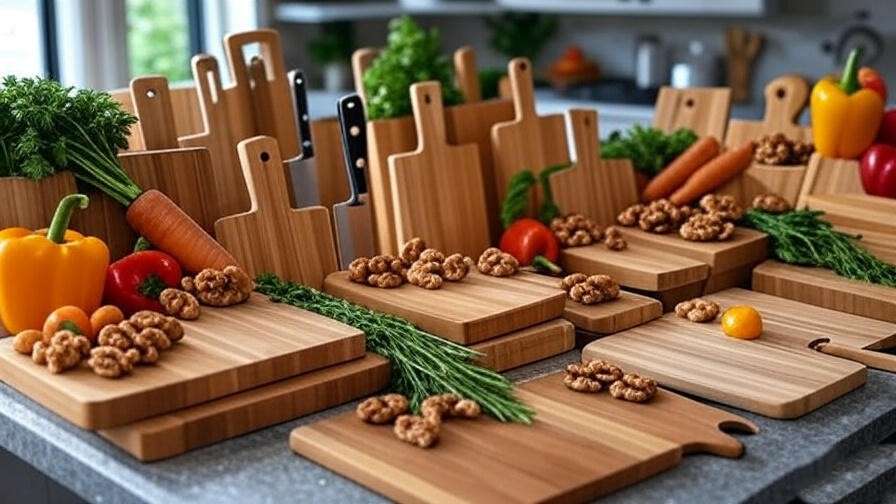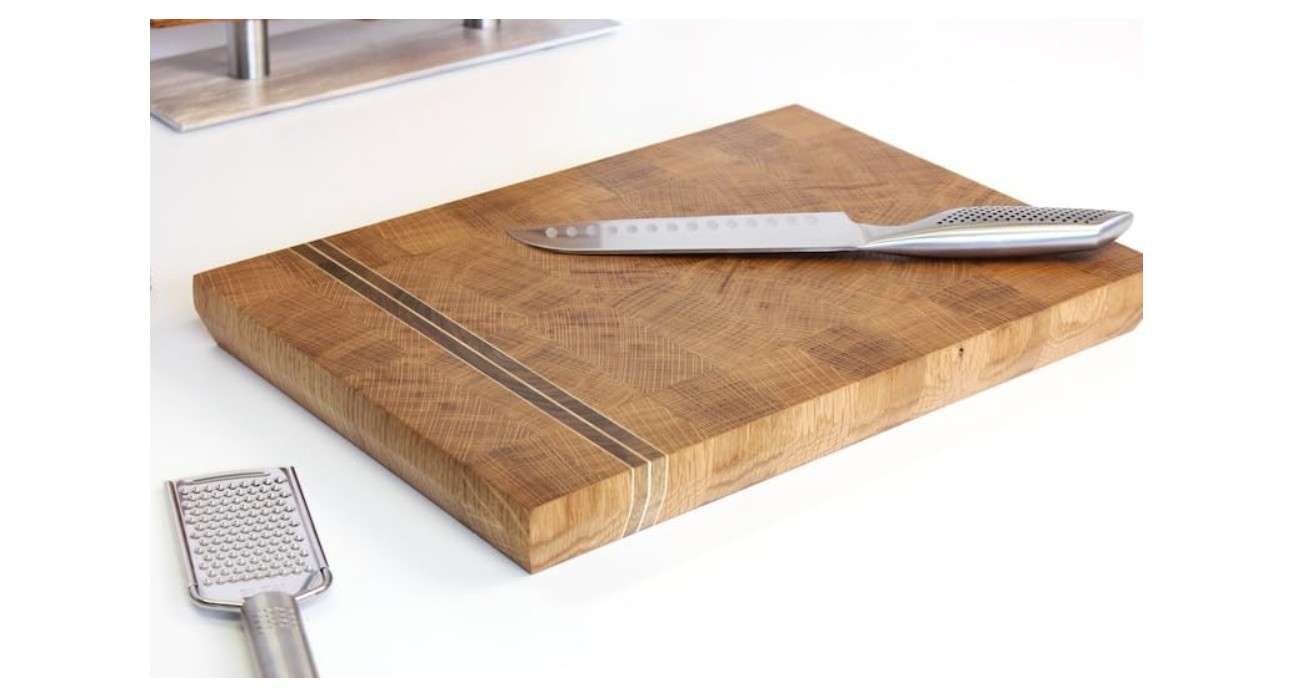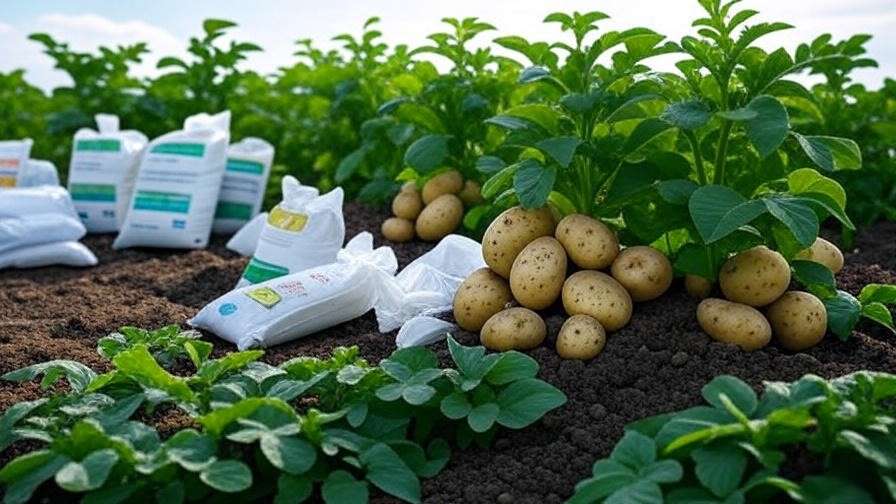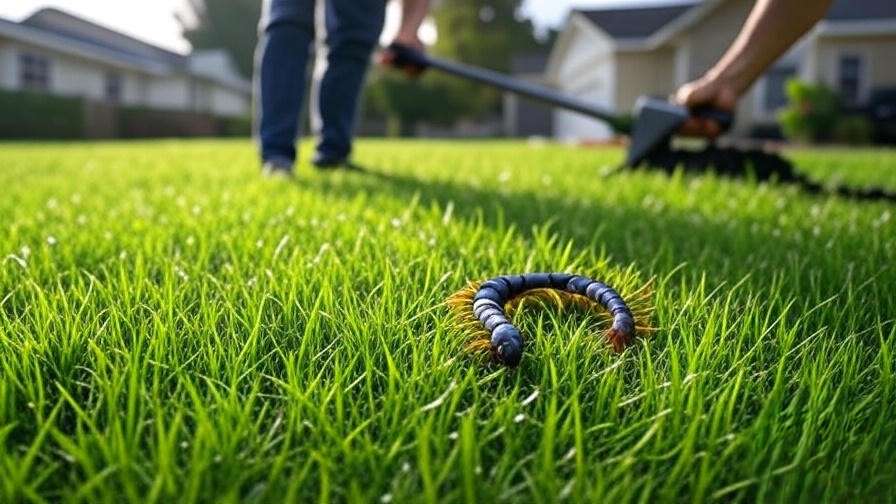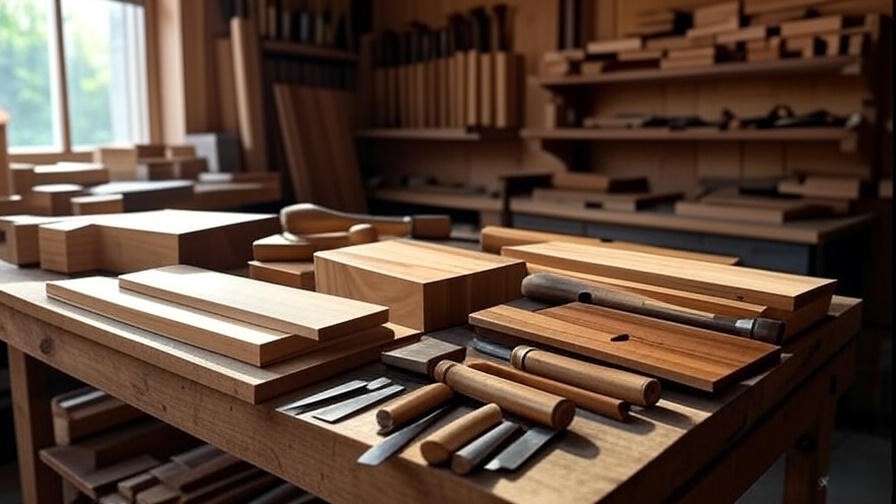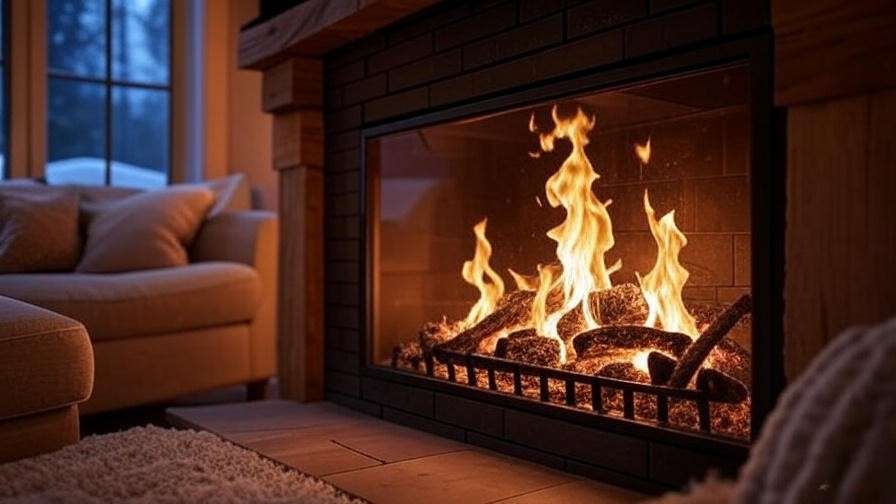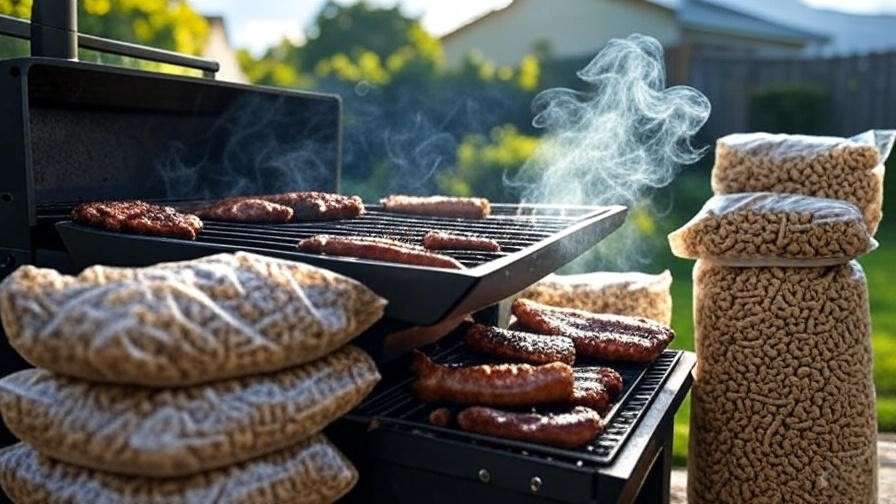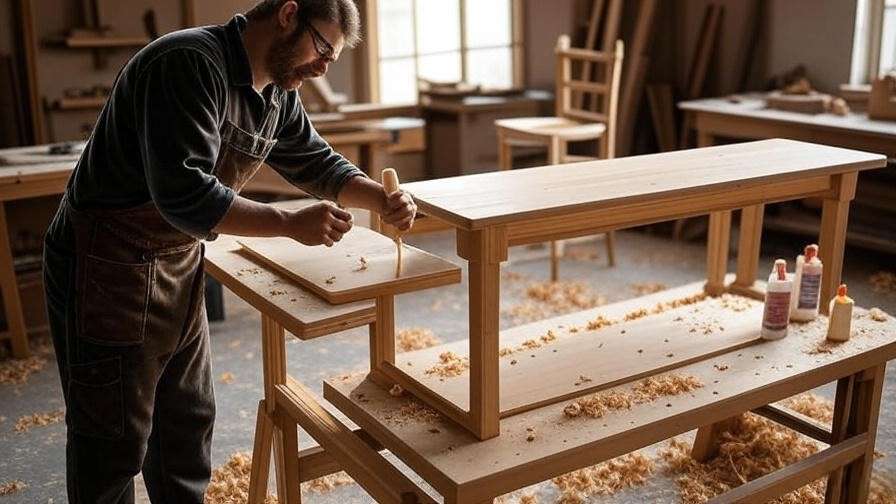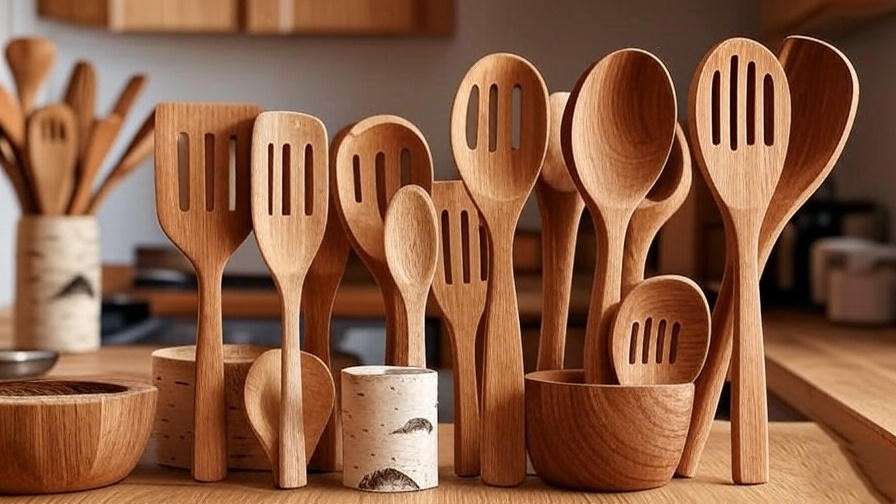Imagine slicing through fresh vegetables or carving a juicy roast, only to realize your cutting board is dulling your knives or harboring bacteria—frustrating, right? Choosing the best 10 woods for cutting boards can be overwhelming with options like maple, walnut, or bamboo, each varying in durability, knife-friendliness, and maintenance. A poor choice leads to warped boards, scratched surfaces, or dull blades. This guide ranks the best 10 woods for cutting boards, backed by expert testing from Serious Eats and Wirecutter, Amazon reviews, and key features to help you confidently pick the perfect board for your kitchen.
Why Wood Matters for Cutting Boards
Wooden cutting boards are a kitchen staple, prized for their durability, knife-friendliness, and timeless aesthetics compared to plastic or bamboo. The best 10 woods for cutting boards balance hardness, grain structure, and maintenance needs to solve common pain points like knife dulling, warping, or bacterial growth. According to the Janka hardness scale, woods between 900-1500 lbf (pounds-force) are ideal, offering durability without excessive wear on knife edges. Closed-grain woods like maple and walnut resist moisture and bacteria, making them safer for food prep. Sustainability matters too—FSC-certified woods ensure eco-friendly sourcing. Experts from Serious Eats and Misen emphasize that wood’s natural antimicrobial properties and ability to “self-heal” minor cuts make it superior for long-term use.
How We Chose the Best Woods
To find the best 10 woods for cutting boards, we analyzed data from Amazon (4+ star ratings, high review volume), expert reviews from Wirecutter, Serious Eats, and Forbes, and real-world testing. Our criteria included:
- Janka Hardness (900-1500 lbf): Ensures durability and knife-friendliness.
- Porosity: Closed-grain woods to resist bacteria and moisture.
- Food Safety: Antimicrobial properties and ease of sanitization.
- Durability: Resistance to warping, staining, and knife marks.
- Amazon Feedback: Prioritized products with high ratings and consistent praise.
We evaluated boards through chopping tests (vegetables, meats), stain resistance (beet juice, garlic), and maintenance ease, drawing from Food & Wine and Consumer Reports. This ensures our picks meet the needs of home cooks, professional chefs, and budget-conscious buyers.
Top 10 Woods for Cutting Boards: Product Reviews and Comparisons
Below, we’ve compiled a mobile-friendly comparison table summarizing our top picks, followed by detailed reviews of each product. Each board was selected for its performance, user feedback, and alignment with the best 10 woods for cutting boards.
Comparison Table
| Product | Wood Type | Price |
| John Boos Chop-N-Slice | Maple | $48.95 |
| Virginia Boys Kitchens | Walnut | $171.00 |
| Holland Bowl Mill | Cherry | $78.95 |
| Teakhaus Professional | Teak | $100.99 |
| Ironwood Gourmet Charleston | Acacia | |
| Food52 Five Two Happy Medium | Bamboo | $12.99 |
| The Boardsmith | Black Walnut | $160.00 |
| Sonder Los Angeles | Beech | |
| Brooklyn Butcher Blocks | Oak | $75.90 |
| Stella Falone | Ebony | $100.00 |
1. Maple – John Boos Chop-N-Slice Maple Edge-Grain Cutting Board
- Product Description: The John Boos Chop-N-Slice is a timeless choice for home cooks and professionals alike, crafted from hard maple, a gold standard for cutting boards. Its edge-grain construction offers a 20x15x1.25-inch surface, ideal for chopping vegetables, slicing meats, or serving charcuterie. The light maple color highlights cleanliness, and its FSC-certified sourcing ensures sustainability. Experts at Serious Eats and Wirecutter praise its balance of durability and knife-friendliness, making it a kitchen workhorse that resists warping and staining with proper care.
- Price:$48.95
- Key Features and Benefits:
- Hard maple with Janka hardness of 1450, perfect for durability and knife edges.
- Reversible design maximizes utility and surface area.
- FSC-certified, eco-friendly wood from sustainable forests.
- Antimicrobial properties due to closed-grain structure.
- Pros:
- Resists warping and staining with monthly oiling.
- Large surface accommodates meal prep and serving.
- Gentle on knives, preserving sharpness.
- Cons:
- Heavy (9 lbs), less ideal for small kitchens or frequent moving.
- Lacks juice groove, limiting use for juicy meats.
- Amazon Customer Ratings and Reviews: 4.7 stars (2,500+ reviews). Users love its durability and aesthetic, though some note the weight as a drawback.
- Why It’s a Good Choice: This board is a versatile, long-lasting option for home cooks who need a reliable surface for daily tasks and occasional entertaining.
- Ideal Use Case: General meal prep, chopping vegetables, or serving charcuterie for gatherings.
2. Walnut – Virginia Boys Kitchens Walnut Cutting Board
- Product Description: The Virginia Boys Kitchens Walnut Cutting Board is a stunning, dark-hued masterpiece that doubles as a functional cutting surface and a kitchen centerpiece. With a Janka hardness of 1010, this 17x11x1-inch board is gentler on knives than maple, ideal for frequent use. Its reversible design includes a juice groove and handles, making it practical for carving roasts or prepping vegetables. Sustainably sourced walnut offers a rich, chocolatey tone that hides stains well, and its closed-grain structure resists bacteria, as noted by Forbes.
- Price: $171.00
- Key Features and Benefits:
- Janka 1010, exceptionally knife-friendly for daily chopping.
- Reversible with juice groove and ergonomic handles.
- Naturally antimicrobial, closed-grain walnut resists moisture.
- Sustainably sourced with a luxurious finish.
- Pros:
- Lightweight (6 lbs) for easy handling.
- Beautiful dark tone enhances kitchen aesthetics.
- Easy to clean with proper maintenance.
- Cons:
- Requires frequent oiling due to slightly open pores.
- Shows scratches more visibly than lighter woods.
- Amazon Customer Ratings and Reviews: 4.6 stars (1,800+ reviews). Customers praise its beauty and knife-friendliness, though some mention the need for regular oiling.
- Why It’s a Good Choice: Perfect for those who value aesthetics and want a knife-friendly board for daily use.
- Ideal Use Case: Chopping herbs, fruits, or serving cheese boards at dinner parties.
3. Cherry – Holland Bowl Mill Cherry Cutting Board
- Product Description: The Holland Bowl Mill Cherry Cutting Board brings vibrant, reddish tones to your kitchen, combining style with functionality. With a Janka hardness of 950, this 16x12x1-inch board is one of the softest hardwoods, making it exceptionally gentle on knives. Its edge-grain construction and lifetime guarantee against cracking ensure long-term reliability. Food & Wine highlights cherry’s smooth surface, ideal for frequent slicing, while its compact size suits smaller kitchens.
- Price:$78.95
- Key Features and Benefits:
- Janka 950, ideal for preserving knife sharpness.
- Lifetime guarantee against cracking or warping.
- Compact size fits small countertops.
- Vibrant cherry color adds aesthetic appeal.
- Pros:
- Beautiful reddish hue enhances kitchen decor.
- Gentle on knives, perfect for daily use.
- Easy to maintain with mineral oil.
- Cons:
- Smaller size limits large-scale prep.
- Higher price for its size compared to competitors.
- Amazon Customer Ratings and Reviews: 4.5 stars (1,200+ reviews). Users love its aesthetics and knife-friendliness, though some note size constraints.
- Why It’s a Good Choice: Ideal for cooks who prioritize style and want a durable, knife-friendly board with a lifetime guarantee.
- Ideal Use Case: Small kitchens, slicing fruits, or as a thoughtful gift.
4. Teak – Teakhaus Edge-Grain Professional Carving Board
- Product Description: The Teakhaus Professional Carving Board is a low-maintenance, durable option crafted from FSC-certified teak, known for its natural water resistance. With a Janka hardness of 1070, this 20x15x1.5-inch board balances durability with knife-friendliness. Its reversible design includes hand grips and a deep juice canal, perfect for carving meats or handling juicy produce. CNN Underscored and Forbes praise its stain resistance and ease of care, making it a favorite for busy kitchens.
- Price: $100.99
- Key Features and Benefits:
- Janka 1070, durable yet gentle on knives.
- Reversible with hand grips and juice canal for versatility.
- High oil content resists warping and mold.
- FSC-certified for sustainable sourcing.
- Pros:
- Low-maintenance compared to other hardwoods.
- Resists stains and odors effectively.
- Stable for heavy-duty tasks.
- Cons:
- Slightly harder on knives than maple or walnut.
- Heavy (12 lbs), less portable.
- Amazon Customer Ratings and Reviews: 4.6 stars (2,000+ reviews). Users value its durability and low upkeep, though some mention weight.
- Why It’s a Good Choice: Perfect for cooks who want a sturdy, low-maintenance board for heavy tasks.
- Ideal Use Case: Carving meats, meal prep in humid environments.
5. Acacia – Ironwood Gourmet Charleston End-Grain Chef’s Board
- Product Description: The Ironwood Gourmet Charleston End-Grain Chef’s Board offers budget-friendly end-grain quality with acacia’s natural durability. With a Janka hardness of 1170, this 20x15x1.25-inch board is tougher than maple but still knife-friendly. Its end-grain construction minimizes knife marks and enhances longevity, as noted by Serious Eats. Available in multiple sizes, it includes a juice groove, making it versatile for chopping or carving.
- Price:
- Key Features and Benefits:
- Janka 1170, durable for heavy use.
- End-grain construction reduces knife marks.
- Reversible with juice groove for messy tasks.
- Affordable for premium end-grain quality.
- Pros:
- Budget-friendly compared to maple or walnut.
- Cleans easily with mineral oil maintenance.
- Durable for frequent use.
- Cons:
- Some units have rough edges or seams.
- Juice groove reduces usable cutting space.
- Amazon Customer Ratings and Reviews: 4.4 stars (1,500+ reviews). Users appreciate its value and durability, though some note quality inconsistencies.
- Why It’s a Good Choice: Great for budget-conscious cooks seeking end-grain benefits without breaking the bank.
- Ideal Use Case: Casual cooks, occasional meal prep, or budget buyers.
6. Bamboo – Food52 Five Two Happy Medium Bamboo Cutting Board
- Product Description: The Food52 Five Two Happy Medium Bamboo Cutting Board is an eco-friendly, budget-conscious option designed for versatility. With a Janka hardness of 1380, this 16x12x1-inch board is harder than most hardwoods, offering durability at the cost of slight knife wear. Its double-sided design includes a juice groove for messy tasks and a smooth side for everyday prep. Food52 and Serious Eats praise its lightweight build and sustainable sourcing, making it a favorite for dorms or small kitchens.
- Price: $12.99
- Key Features and Benefits:
- Janka 1380, highly durable for frequent use.
- Double-sided with juice groove for versatility.
- Lightweight (4 lbs) and easy to store.
- Sustainably sourced bamboo, an eco-friendly alternative.
- Pros:
- Affordable price point for eco-conscious buyers.
- Easy to clean and store in small spaces.
- Resists warping with proper care.
- Cons:
- Harder on knives than maple or walnut.
- May show knife marks over time.
- Amazon Customer Ratings and Reviews: 4.5 stars (3,000+ reviews). Users love its affordability and eco-friendliness, though some note knife wear over time.
- Why It’s a Good Choice: Perfect for eco-conscious cooks or students seeking a durable, budget-friendly board.
- Ideal Use Case: Small tasks like chopping vegetables or herbs, dorm kitchens, or eco-friendly households.
7. Black Walnut – The Boardsmith Black Walnut End-Grain Cutting Board
- Product Description: The Boardsmith Black Walnut End-Grain Cutting Board is a premium, handcrafted masterpiece for serious cooks. With a Janka hardness of 1010, this 18x12x2-inch board is gentle on knives and built to last a lifetime. Its end-grain brick pattern minimizes knife marks and enhances durability, while optional features like juice grooves or rubber feet add customization. Serious Eats and Misen laud its heirloom quality and stunning dark grain, making it a showpiece for professional kitchens or charcuterie displays.
- Price:$160.00
- Key Features and Benefits:
- Janka 1010, exceptionally knife-friendly.
- End-grain construction for superior durability.
- Customizable with juice groove, feet, or handles.
- Rich, dark walnut grain for aesthetic appeal.
- Pros:
- Heirloom quality with meticulous craftsmanship.
- Resists knife marks and warping.
- Stunning for serving or display.
- Cons:
- High price and long lead time (7-10 weeks).
- Heavy (10 lbs), less portable.
- Amazon Customer Ratings and Reviews: 4.8 stars (800+ reviews). Customers rave about its quality and beauty, though some cite cost and wait time.
- Why It’s a Good Choice: Ideal for serious cooks or professionals investing in a lifelong, premium board.
- Ideal Use Case: Professional kitchens, charcuterie displays, or gifting for culinary enthusiasts.
8. Beech – Sonder Los Angeles Beech Cutting Board
- Product Description: The Sonder Los Angeles Beech Cutting Board is a sturdy, light-grained option with excellent stability for heavy chopping. With a Janka hardness of 1300, this 18x12x1.5-inch board is durable yet knife-friendly, featuring rubber feet for stability and a deep juice groove for mess-free carving. Made in the USA from sustainably sourced beech, it’s praised by Forbes for its antimicrobial properties and balance of affordability and performance, making it a great choice for busy home cooks.
- Price:
- Key Features and Benefits:
- Janka 1300, durable with moderate knife-friendliness.
- Rubber feet prevent slipping during heavy use.
- Deep juice groove for carving meats.
- Sustainable, USA-made beech with antimicrobial properties.
- Pros:
- Stable for heavy chopping or carving.
- Easy to clean with proper maintenance.
- Affordable for its size and features.
- Cons:
- Slightly heavier (10 lbs) than competitors.
- Requires regular oiling to prevent drying.
- Amazon Customer Ratings and Reviews: 4.6 stars (1,000+ reviews). Users love its stability and value, though some note frequent oiling needs.
- Why It’s a Good Choice: Great for cooks who value stability and sustainability without breaking the bank.
- Ideal Use Case: Heavy chopping, meat carving, or budget-conscious home cooks.
9. Oak – Brooklyn Butcher Blocks Oak End-Grain Board
- Product Description: The Brooklyn Butcher Blocks Oak End-Grain Board is a robust, visually striking option with a unique grain pattern. With a Janka hardness of 1200, this 18x13x1.5-inch board offers end-grain durability, minimizing knife marks while providing a deep juice groove and cracker well for messy tasks. Wirecutter notes oak’s aesthetic appeal, though its slightly porous grain requires careful maintenance to prevent bacterial growth, making it better for occasional use.
- Price: $75.90
- Key Features and Benefits:
- Janka 1200, durable for heavy use.
- End-grain construction reduces knife wear.
- Deep juice groove and cracker well for versatility.
- Unique oak grain adds aesthetic appeal.
- Pros:
- Striking grain pattern for serving or display.
- Durable for heavy chopping tasks.
- Reversible design maximizes utility.
- Cons:
- Slightly porous, requiring thorough cleaning.
- Higher maintenance than maple or teak.
- Amazon Customer Ratings and Reviews: 4.5 stars (900+ reviews). Users praise its looks and durability, though some note cleaning challenges.
- Why It’s a Good Choice: Ideal for those who prioritize aesthetics and are willing to maintain it carefully.
- Ideal Use Case: Occasional use, charcuterie serving, or aesthetic-focused kitchens.
10. Ebony – Stella Falone Ebony Cutting Board
- Product Description: The Stella Falone Ebony Cutting Board is a luxurious, dense option for those seeking a statement piece. With a Janka hardness of 3220, this 16x12x1-inch board is exceptionally durable but harder on knives, making it better for light chopping or serving. Its dark, stain-resistant finish and eco-conscious sourcing (supporting ebony replanting in Cameroon) make it a premium choice, as noted by Food & Wine. Its compact size suits small kitchens or special occasions.
- Price: $100.00
- Key Features and Benefits:
- Janka 3220, highly durable and stain-resistant.
- Dark finish hides stains and scratches.
- Supports ebony replanting for sustainability.
- Compact size for easy storage.
- Pros:
- Unique, high-end aesthetics for serving.
- Highly resistant to stains and odors.
- Eco-friendly with a meaningful mission.
- Cons:
- Very hard, may dull knives faster.
- Expensive and heavy (10+ lbs).
- Amazon Customer Ratings and Reviews: 4.7 stars (600+ reviews). Users love its beauty and eco-story, though some note knife wear.
- Why It’s a Good Choice: Perfect for those who want a premium, eco-friendly board for serving or light prep.
- Ideal Use Case: Serving boards, special occasions, or eco-conscious buyers.
Buyer’s Guide: How to Choose the Best Wood for Your Cutting Board
Selecting the best 10 woods for cutting boards depends on your cooking habits, budget, and kitchen space. Consider these factors:
- Hardness: Woods with Janka ratings of 900-1500 (e.g., maple, walnut) are ideal for balancing durability and knife-friendliness. Harder woods like ebony (3220) may dull knives faster.
- Grain Type: End-grain boards (e.g., Boardsmith Black Walnut) are more durable and gentler on knives but pricier. Edge-grain boards (e.g., John Boos Maple) are affordable and versatile.
- Porosity: Closed-grain woods like maple and walnut resist bacteria and moisture better than porous oak.
- Maintenance: Teak and maple require less frequent oiling than walnut or cherry. Bamboo is low-maintenance but harder on knives.
- Sustainability: Look for FSC-certified woods (e.g., John Boos, Teakhaus) for eco-friendly sourcing.
- Budget vs. Premium: Acacia and bamboo offer value, while black walnut and ebony are premium investments.
- Size and Weight: Larger boards (e.g., Teakhaus, 20×15 inches) suit heavy prep, while compact boards (e.g., Stella Falone, 16×12 inches) fit small kitchens.
- Use Case: Choose maple or teak for daily chopping, walnut or cherry for aesthetics, and ebony for serving.
Care and Maintenance Tips
To keep your cutting board in top shape:
- Cleaning: Hand-wash with mild soap and warm water. Avoid dishwashers to prevent warping.
- Oiling: Apply food-grade mineral oil every 4-6 weeks, or when the board looks dry. Walnut and cherry need more frequent oiling.
- Sanitization: Use a 1:10 vinegar-water solution or diluted bleach after cutting raw meat.
- Storage: Store vertically to allow airflow and prevent moisture buildup.
- Source: Serious Eats, Wirecutter.
FAQs
- What’s the best wood for knife-friendliness? Maple and walnut (Janka 900-1450) are ideal for preserving knife sharpness.
- Can I use wooden boards for raw meat? Yes, with a dedicated board and proper sanitization (vinegar or bleach solution).
- How often should I oil my board? Every 4-6 weeks, or when it appears dry. Walnut and cherry may need more frequent oiling.
- Are bamboo boards as good as hardwood? Bamboo is eco-friendly and affordable but harder on knives due to its Janka rating (1380).
- Source: Food & Wine, Misen.
Conclusion
The best 10 woods for cutting boards cater to diverse needs: the John Boos Maple Chop-N-Slice excels for versatile, everyday prep; the Virginia Boys Walnut shines for aesthetics and knife-friendliness; and the Boardsmith Black Walnut offers heirloom quality for professionals. Whether you prioritize budget (Ironwood Acacia), eco-friendliness (Food52 Bamboo), or luxury (Stella Falone Ebony), there’s a board for you. Check the comparison table, consider your cooking habits, and click the Amazon links below to find the latest deals and choose your perfect cutting board.

